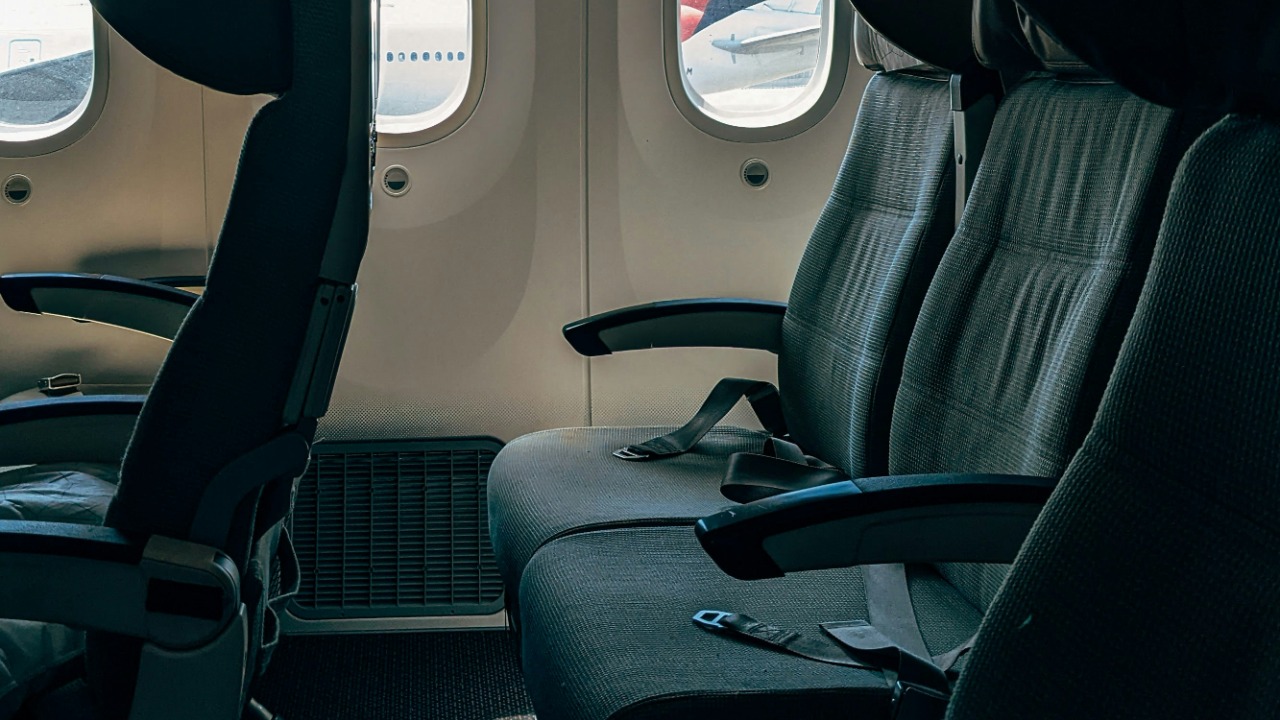
For frequent flyers, the misalignment of windows and seats on Boeing aircraft is a familiar sight. This design quirk, often a source of in-flight frustration, is a result of Boeing’s manufacturing and layout priorities. The company’s focus on optimizing space and production efficiency during fuselage construction has led to a consistent mismatch across models. Similarly, passengers may notice that airport gate seats are bolted to the ground, a practice rooted in security and maintenance considerations.
Boeing’s Fuselage Design Priorities
Boeing’s approach to window placement during fuselage assembly prioritizes structural integrity and modularity over seat alignment. This decision results in the common mismatch observed on planes like the 737 and 787. The windows are fixed before the interiors are installed, a sequence that ensures the windows almost never line up with the seats. This process is a byproduct of Boeing’s manufacturing process, which emphasizes production line efficiency without altering core airframe designs.
Historical Evolution of Aircraft Interiors
The origins of window-seat misalignment can be traced back to Boeing’s early engineering choices in the mid-20th century. The placement of galleys and lavatories significantly influenced the overall layout of the aircraft. Despite minor adjustments made for premium cabins in recent years, the issue persists, particularly in economy sections. This standard, where windows rarely align perfectly with seats, has remained unchanged, reaffirming the legacy decisions of Boeing’s design approach.
Passenger Impact and Complaints
Passenger frustrations with the window-seat offset are common. Anecdotes from forums and reviews often describe obstructed views on Boeing flights. This design quirk can affect comfort during long-haul journeys, particularly on models like the 777. In response, airlines have developed seat mapping tools that account for the misalignment, an attempt to mitigate user dissatisfaction without the need for a complete aircraft redesign.
Comparisons with Competitor Aircraft
Contrasting Boeing’s approach, Airbus models often have windows that align more closely with seats due to different interior customization standards. Boeing’s unique emphasis on interchangeable interiors contributes to the persistent window-seat offset. This design choice has led to some passenger preferences shifting toward airlines with better-aligned designs, as evidenced by industry surveys.
Airport Gate Design Challenges
Another design aspect that passengers may find puzzling is the practice of bolting airport gate seats to the ground. This is done to prevent theft and ensure durability in high-traffic areas. This practice, reported on May 29, 2025, enhances safety at busy hubs, particularly those serving Boeing-heavy fleets. The ground-bolting of seats is part of broader airport efficiency measures that parallel in-flight design trade-offs.
Future Prospects for Boeing Improvements
Looking ahead, potential redesigns in upcoming Boeing variants may address the persistent window-seat misalignment issue. Technological solutions such as adjustable panels or digital windows could offer a way to improve alignment without the need for a complete production overhaul. However, the cost-benefit analysis of such changes remains a subject of debate among airline operators. Whether these improvements will be implemented remains to be seen, but for now, the “Boeing windows almost never line up with the seats” norm persists.